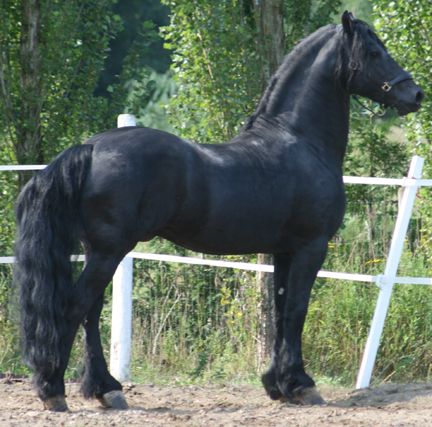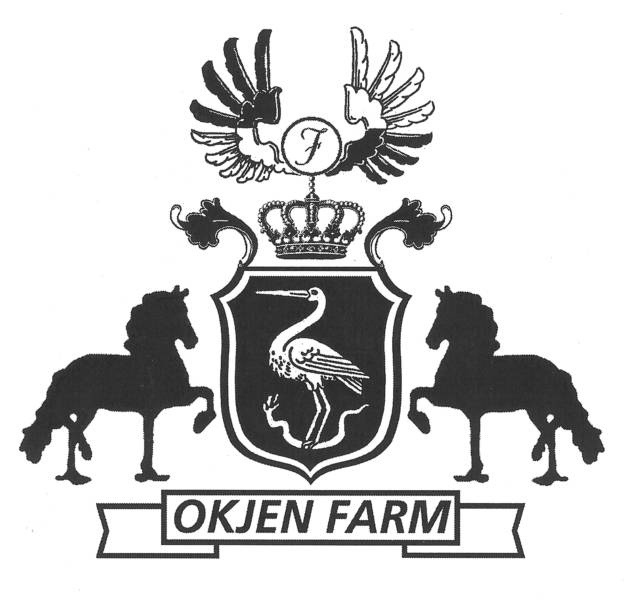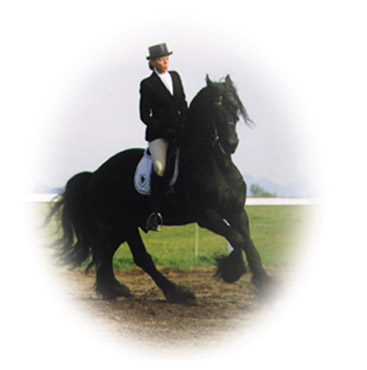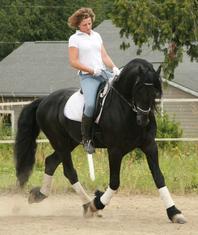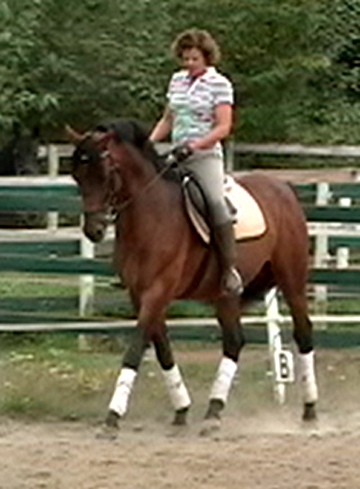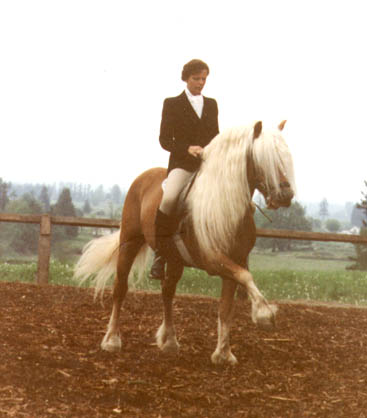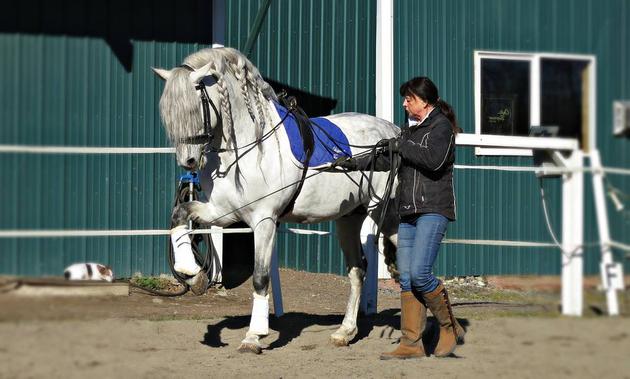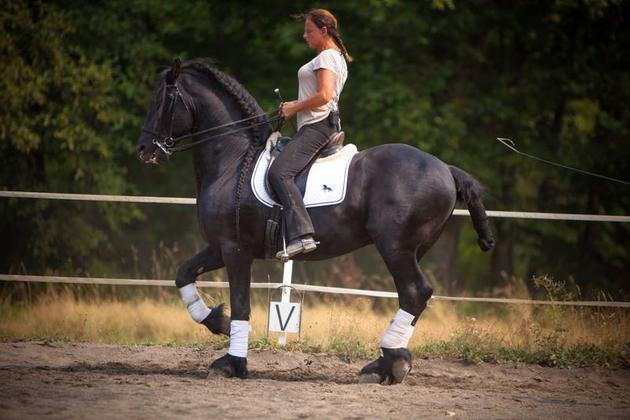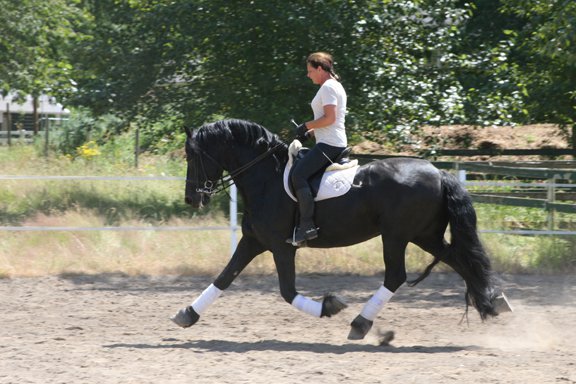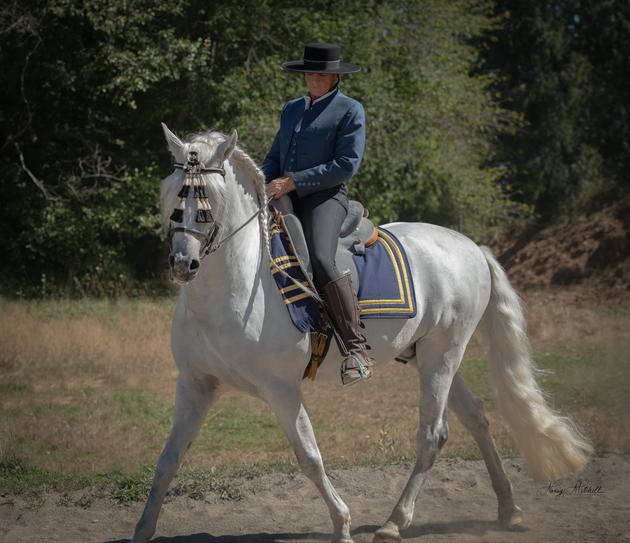Services
Breeding:
Stallions at stud ,Stallion Collection service
AI service for mare and foaling
Boarding
Exclusive full-care boarding facility catering to dressage and breeding.
12 x12 box stalls ,washroom, Solarium, heated tack room and pasture turn-out
Consulting
Consult in buying , selling and importing most breeds of horses and ponies.
We find horse that are best suited for you as a top performance horse or just a trusted mount for adults and children,or an fabulous addition to your breeding program.
We have imported from our partners in Holland for over 25 years. All horses are checked by veterinarians before purchase as well as training report and registration papers .
Hosting and organizing inspections
Training & instruction
Horses and ponies are accepted into training on a limited basis With a limited group of horses in training we can provide a more individualized attention they may need
We are not accepting horses to start under saddle anymore, we will provide training on the lunge-line and ground driving prior to the mounting training. We will accept horses the are going sound under saddle to finish in the higher levels of dressage.
Instructions in Dressage
We give riding lessons to adults only.
Private lessons are given at the farm in the afternoon and weekend.
For more information and prices please contact us.
The definition of classical equestrianism: It is the ability, by means of good exercises, logically structured and based on the natural laws of balance and harmony, to train the horse so that it subordinates itself to the rider´s will contentedly and with self-confidence, without any detriment whatsoever to its own natural sequence of movement.
("In Deference", p.11).
This sentence actually contains everything which needs to be said. Nevertheless,
The trainer who schools his horses according to the classical principles works in a way which is far removed from the spirit of primitive constraint. This philosophy requires great respect for the living creature. Whereas "firm contact" - which conceals tensions and often makes horses appear dull, lacking impulsion and lightness - is commonly practiced in modern dressage sport, the classical rider instead minimizes his aids as soon as the horse begins to respond. In this way the rider makes the horse attentive, encourages impulsion and self-carriage.
This high aim is achieved by working the in a gymnastically way which is specially adapted to suit its individual needs. This key sentence implies great knowledge, experience as well as sensitivity on the part of the rider.
Most of my schooling in the classical dressage came from, Jean-Claude Racinet, Dhr Bijl de Vroe and Dr Hendri L.M van Schaik.
Dr. L.M. van Schaik, born in Holland and Olympic rider, was very instrumental in in translating some of the books written by the old French masters. Dr L.M van Schaik was very familiar with schooling Friesian horses in dressage and had an facination with the father of French-Equitationand the father of Modern Dressage La Gueriniere.
In 1658 drawings are shown of The Duke of Newcastle with his Friesian stallions in the book La Methode nouvelle et invention extraordinaire de dresser les chevaux (Antwerpen 1658)
R. de la Gueriniere, France 1687 -1751
Guérinière and shoulder-in on the track … is something with which many people are familiar … Studying his theories makes it possible to arrive at the conclusion that he performed shoulder-in on four tracks… The Fédération Equestre International (F.E.I.) stipulated a 30° angle rather than specifying the track. … Most dressage riders, however, interpret the modern rules to require an exercise on three tracks… Incidentally it was Guérinière, who first acknowledged that it was the English Duke of Newcastle who invented shoulder-in on the circle … and … Guérinière clearly defined the significance of the outer rein… Guérinière was also the person responsible for the definitions of the lessons pesade, piaffe and passage … which still apply today at the Spanish Riding School in Vienna… Is the difference in performing shoulder-in on three or four tracks really that important…?
William Cavendish, Duke of Newcastle, England 1592 -1676
William Cavendish, Duke of Newcastle … today he may be described as the most underestimated equestrian trainer. Especially in his home country he never received the acknowledgement he deserved. … He often was quoted in incomplete terms and his respect for the horse was completely ignored … HOWEVER Newcastle was an “écuyer”, who rejected any form of violence towards the horse and abhorred the cruel nosebands of the Italian school as well as martingales. … It was indeed Guérinière who processed the doctrines of Newcastle as well as of La Broue further, and expressed them in a more comprehensible way. … He wrote a great book "A General System of Horsemanship“ – and this book, incidentally, is one of the few still available today (for an appropriate sum of money!). …

